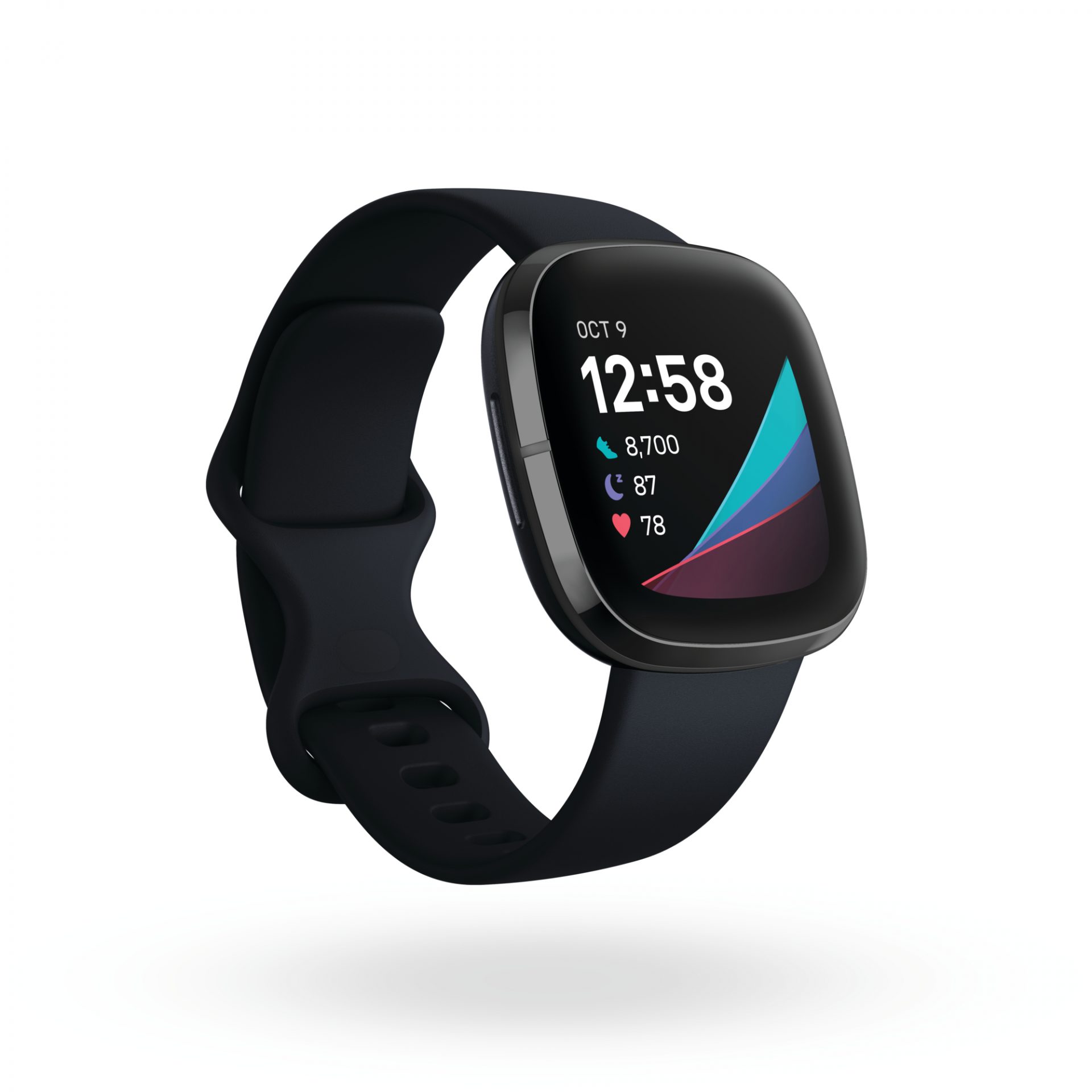
Smart watches and other technology played a major role in telemedicine boom created by Covid-19, but significant challenges remain
Adoption of telemedicine and using devices like Apple Watches to collect health data increased significantly during the COVID-19 pandemic.
Much of the data needed to monitor cardiovascular disease — pulse rate, oxygen saturation, sleep quality and electrocardiograms — can be collected with smart watches, for example.
Combined with other technology including smart phone apps and implanted defibrillators, the ability to monitor cardiovascular health remotely has improved dramatically in recent years.
“Health policy makers are enthusiastic about the potential of this more personalized approach, with the promise of better health outcomes for their citizens at lower health-care costs,” according to authors Martin R. Cowie and Carolyn S. P. Lam who published an article in Nature Reviews Cardiology recently.
However, challenges still exist, according to the article titled “Remote monitoring and digital health tools in cardiovascular disease management.”
“The picture is not all rosy,” write Cowie and Lam. “In complex conditions, such as heart failure, it has been difficult to consistently demonstrate the added value of remote monitoring in terms of superiority in outcomes5. However, COVID-19 has changed the conversation about the value of remote monitoring, with increased focus on the benefits that come with less travel and inconvenience for patients and less social interaction.”
Several devices produced by Fitbit, for example, monitor the users oxygen saturation levels, also known as Sp02.
By tracking SpO2 oxygen saturation levels over time, users can see when there may be important changes in fitness and wellness, according to Fitbit
Making sense of the increased data will require assistance for health providers with artificial intelligence, according to the Nature article. “The ethics of using artificial intelligence in medicine are often questioned, and more clinical involvement in the discussions is urgently required,” the article states.
Digital innovation has enormous potential for good, but all stakeholders — health-care professionals and systems, technology developers, regulators, reimbursement authorities and, most of all, our citizens — need to be involved in the discussions about our digital future,” the article concludes.
Read more HERE.